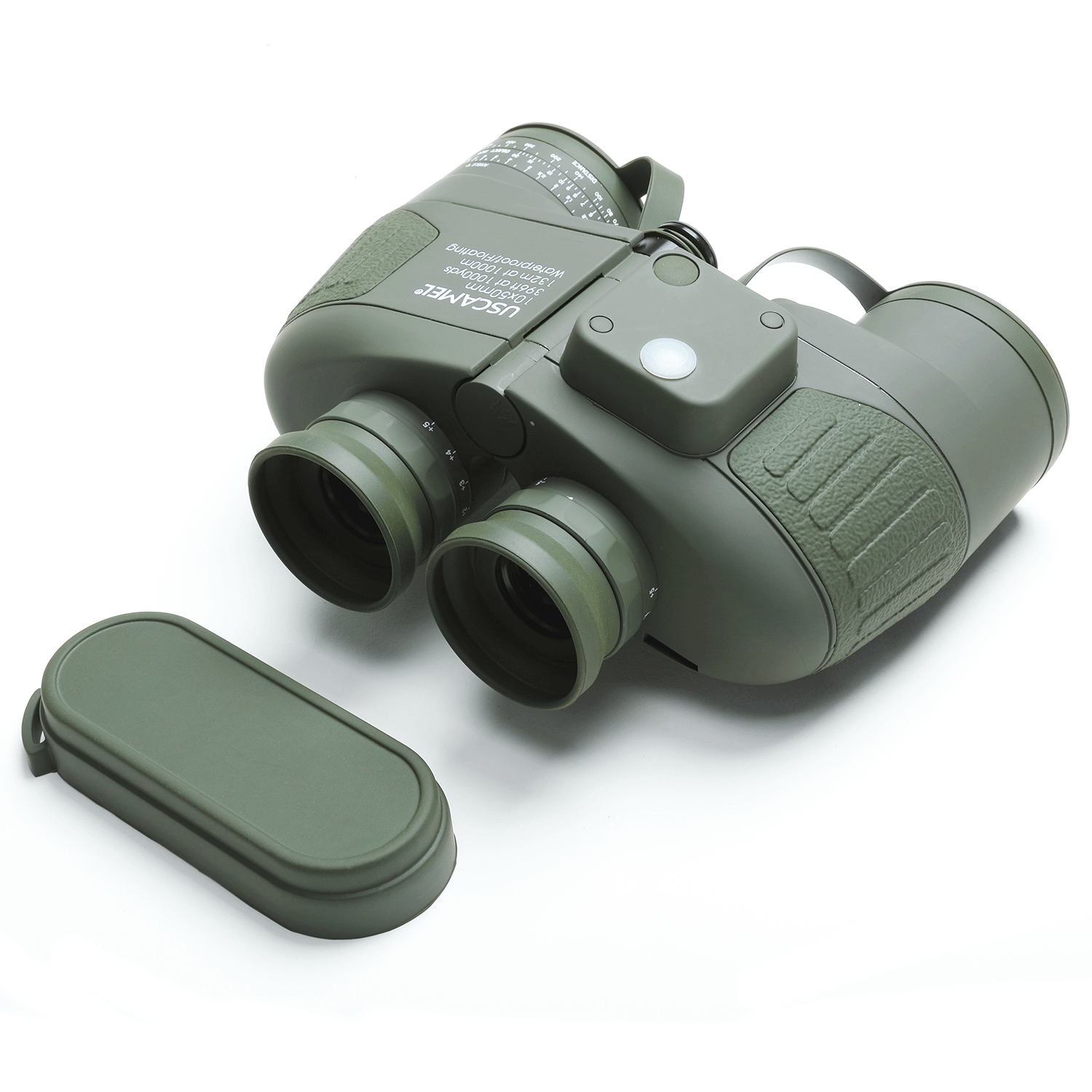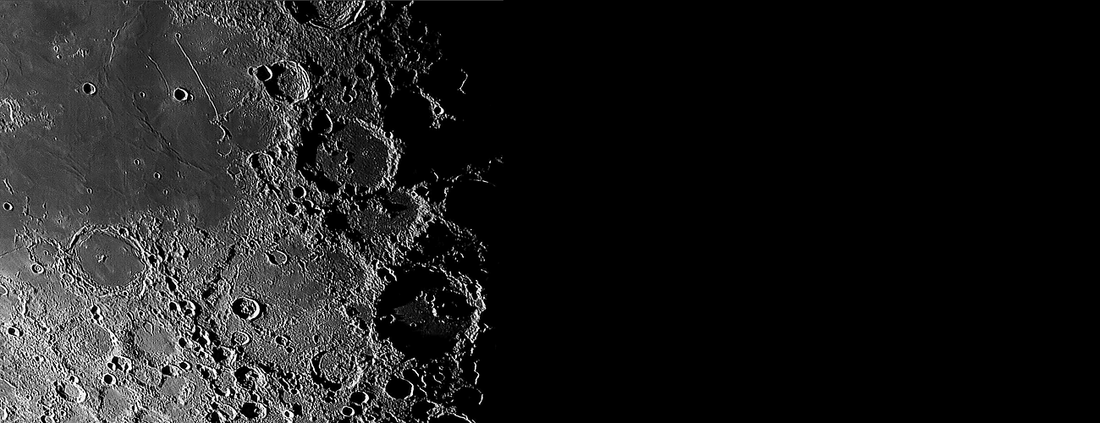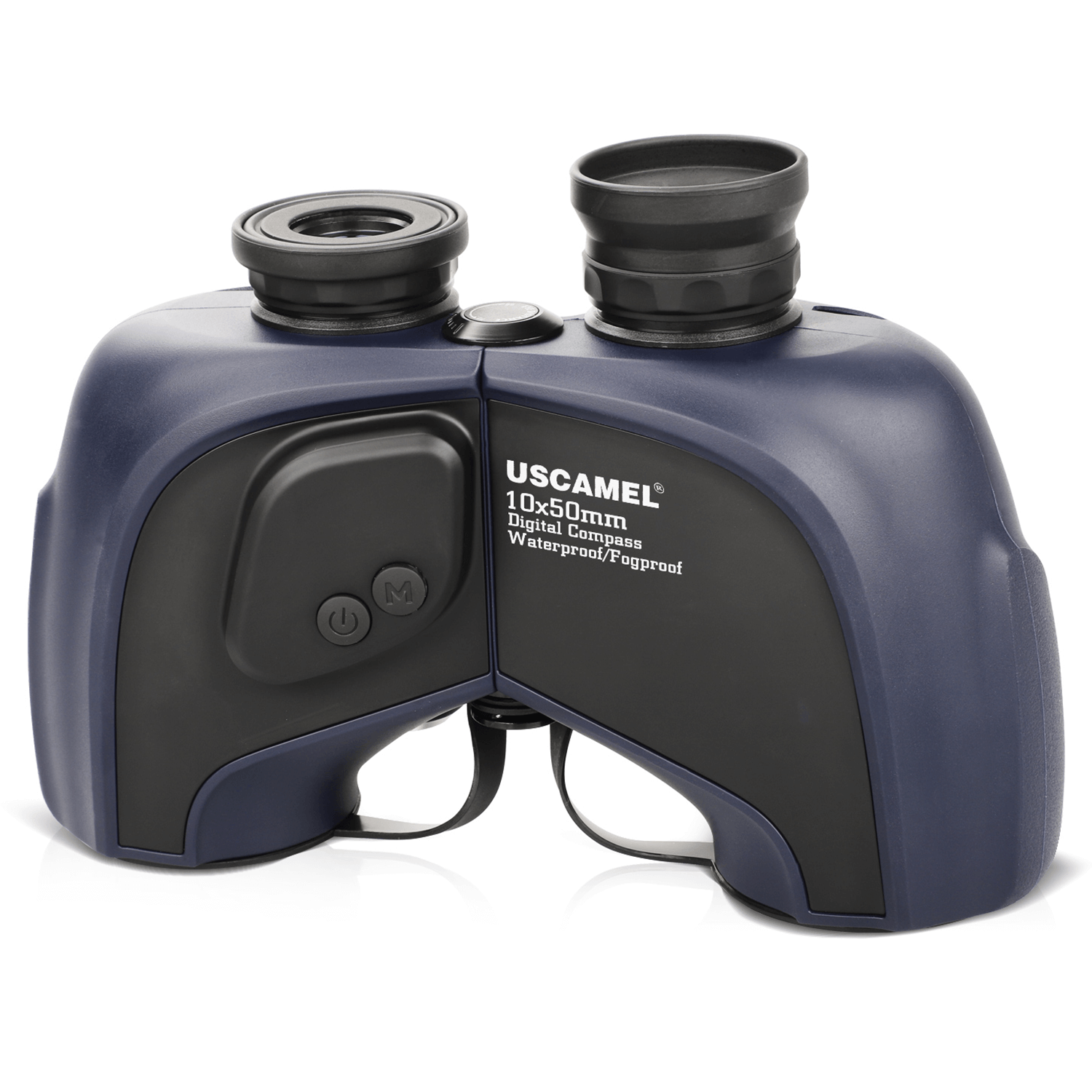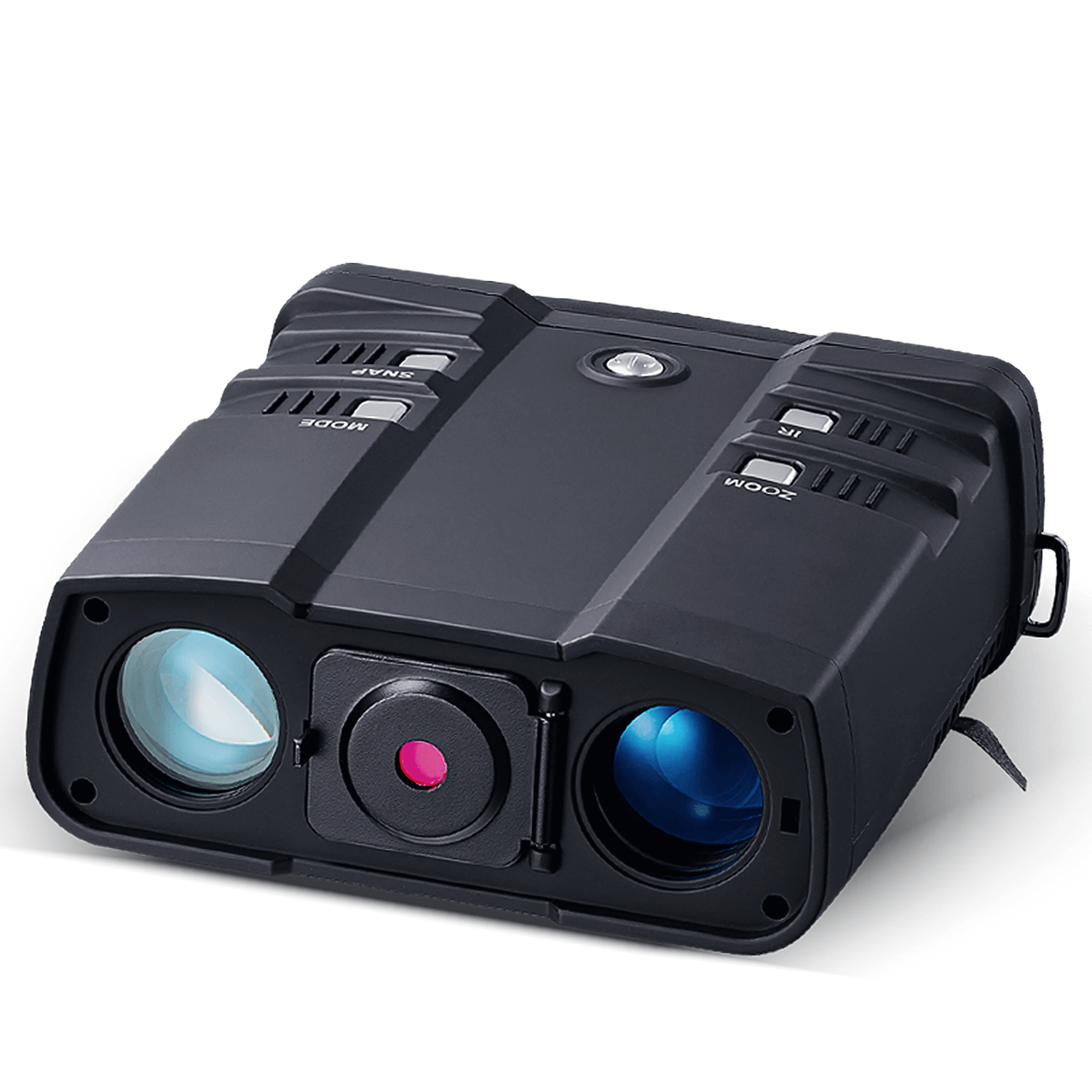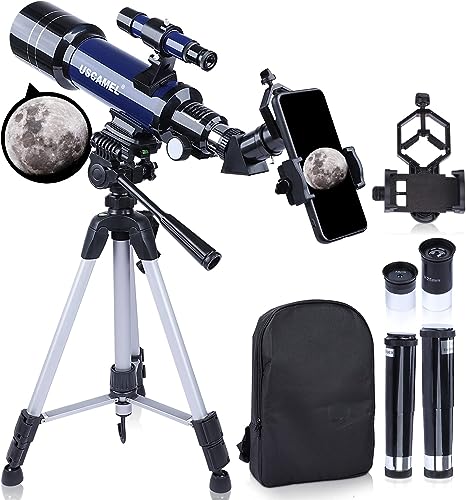Rupes Recta, also known as the Straight Wall, is one of the most intriguing features on the Moon. For centuries, it was believed to be a sheer cliff, as it was only viewed from Earth without any spacecraft exploration. At sunrise, it casts a shadow, but as the sun rises higher in the sky, the face of the wall shines brightly, appearing as a "black line" or "white line" feature.
However, recent views of Rupes Recta from spacecraft in orbit around the Moon have shown that its cliff face is not as imposing as previously thought. Instead, it is a geological formation known as a graben, or a region where the land has slumped between two parallel faults. The Straight Wall is actually more of a steep slope, with an inclination of less than 30 degrees in some places, making it shallow enough for a future astronaut to traverse on foot.
Located south of the ancient Thebit crater is another shallow crater that has not been buried under basalt. The 235 km wide crater was officially named after the 20th century French astronomer Henri Deslandres in 1948, although prior to that it was known as "Hell Plain" due to the crater Hell located inside its western rim.
Overall, the Moon's fascinating features such as Rupes Recta and Deslandres Crater provide an endless source of intrigue and wonder for scientists and space enthusiasts alike.
